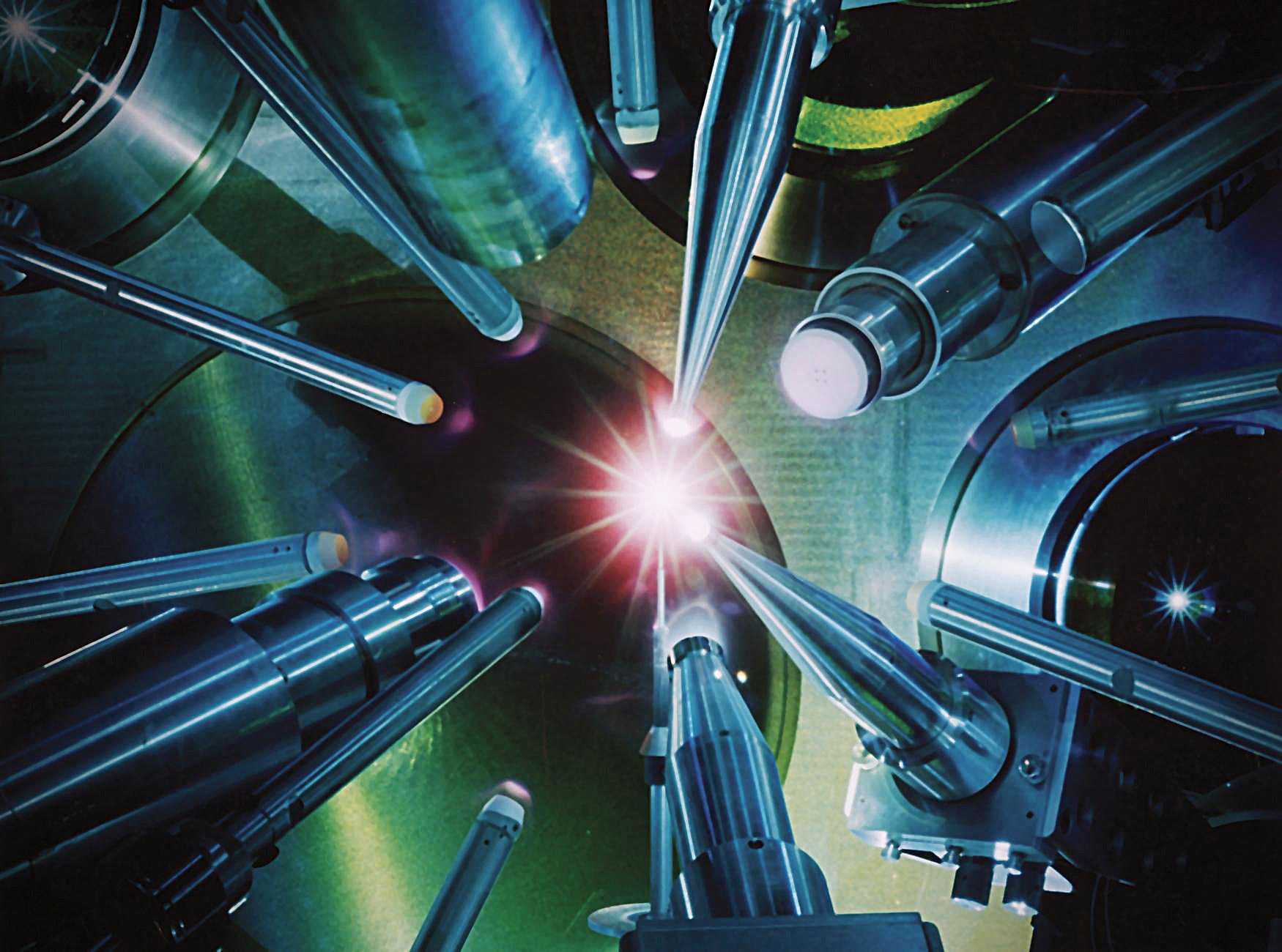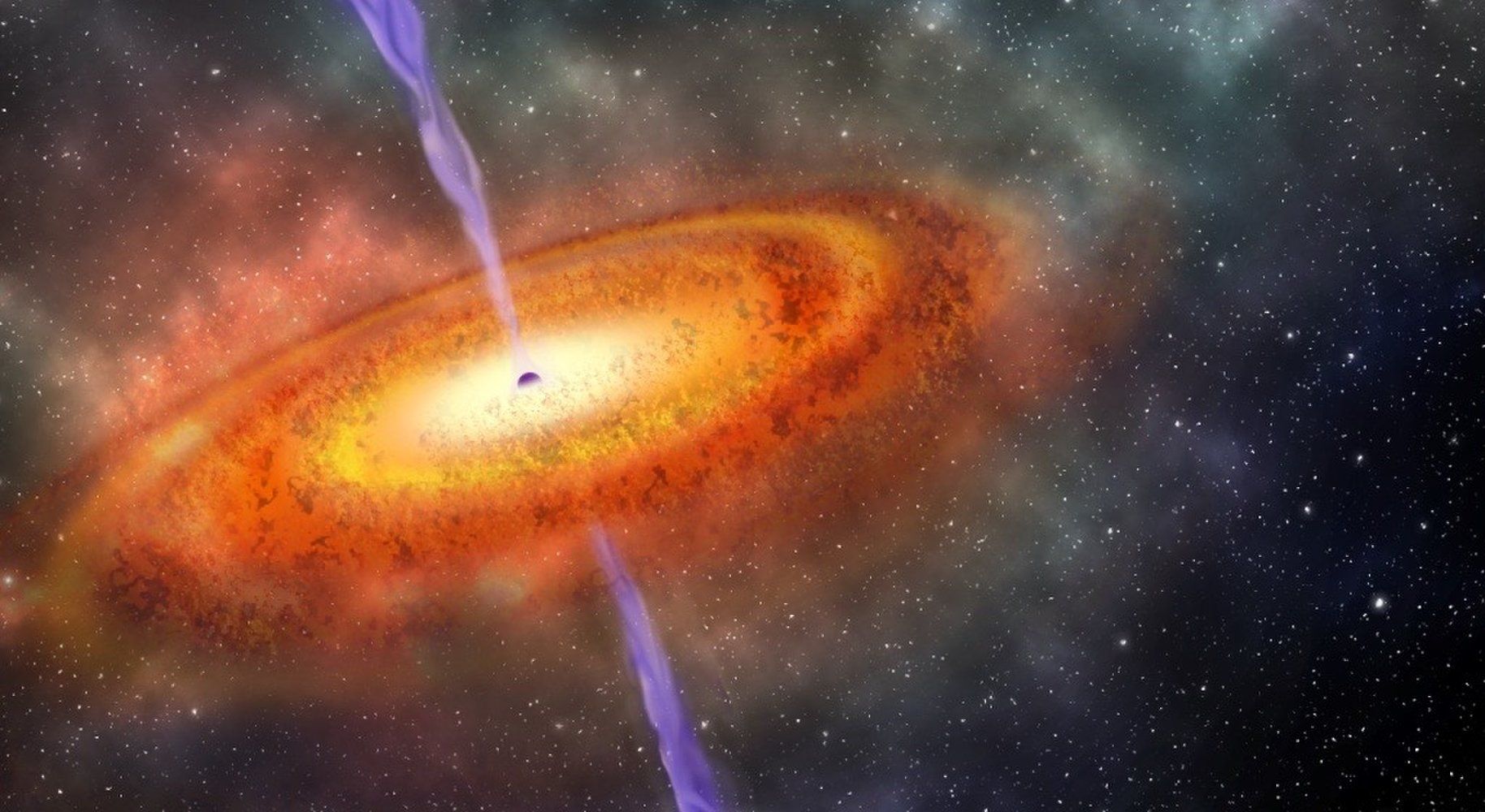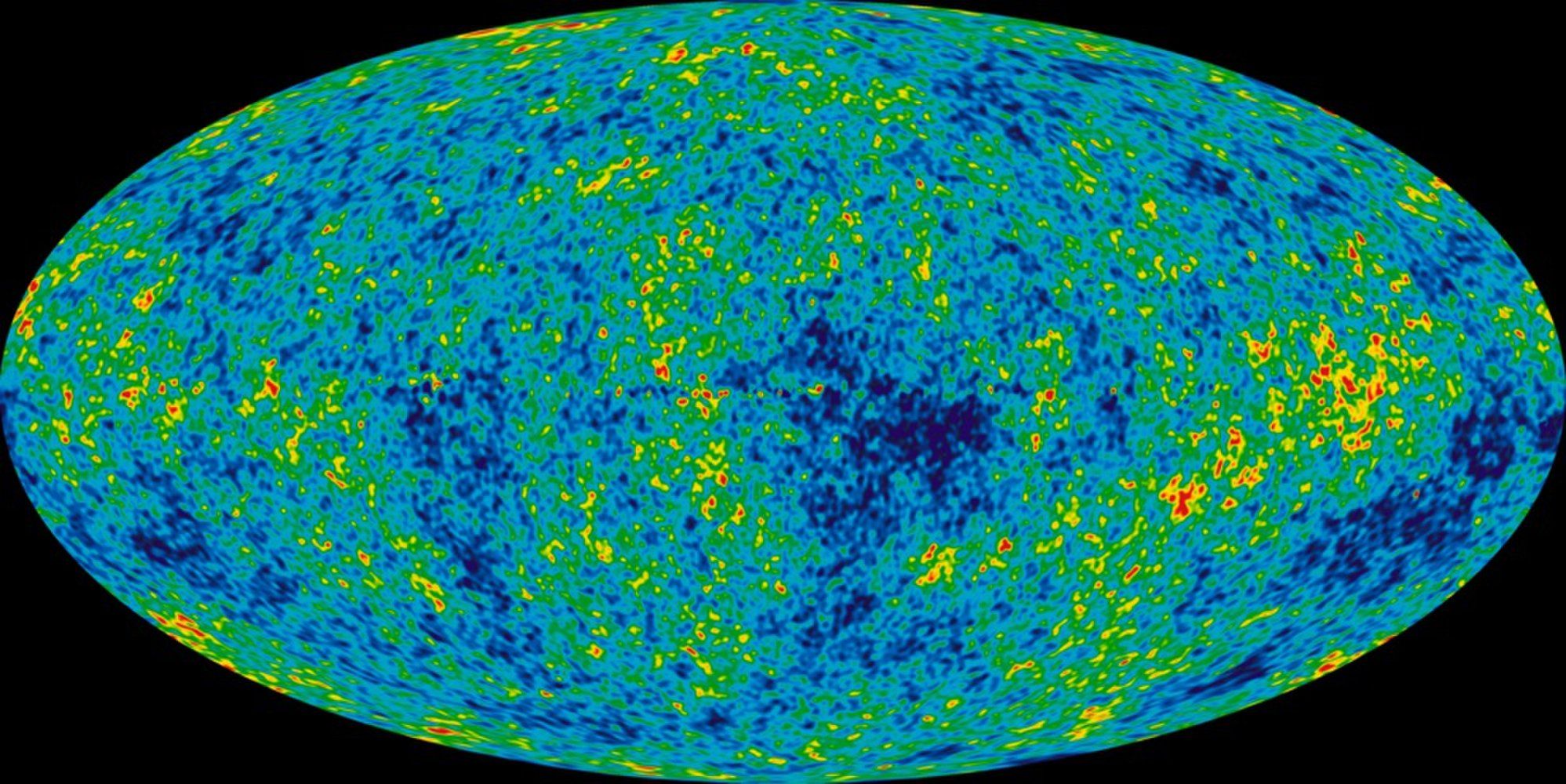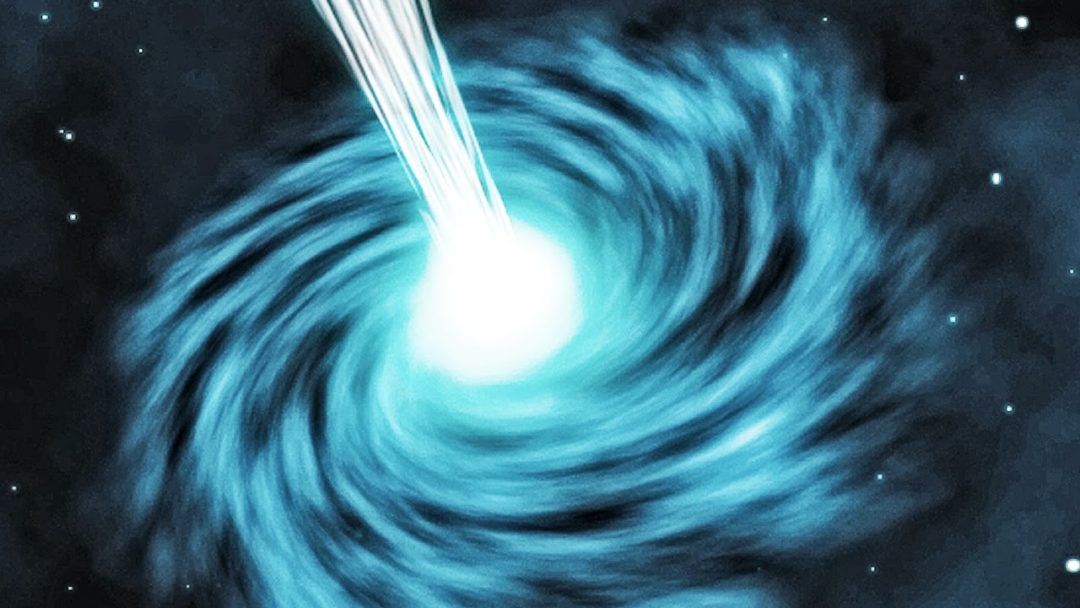Archive for the ‘cosmology’ category: Page 379
Jan 7, 2018
Computational astrophysics team uncloaks magnetic fields of cosmic events
Posted by Shailesh Prasad in categories: computing, cosmology, physics
The development of ultra-intense lasers delivering the same power as the entire U.S. power grid has enabled the study of cosmic phenomena such as supernovae and black holes in earthbound laboratories. Now, a new method developed by computational astrophysicists at the University of Chicago allows scientists to analyze a key characteristic of these events: their powerful and complex magnetic fields.
In the field of high-energy density physics, or HEDP, scientists study a wide range of astrophysical objects—stars, supermassive black holes at the center of galaxies and galaxy clusters—with laboratory experiments as small as a penny and lasting only a few billionths of a second. By focusing powerful lasers on a carefully designed target, researchers can produce plasmas that reproduce conditions observed by astronomers in our sun and distant galaxies.
Planning these complex and expensive experiments requires large-scale, high-fidelity computer simulation beforehand. Since 2012, the Flash Center for Computational Science of the Department of Astronomy & Astrophysics at UChicago has provided the leading open computer code, called FLASH, for these HEDP simulations, enabling researchers to fine-tune experiments and develop analysis methods before execution at sites such as the National Ignition Facility at Lawrence Livermore National Laboratory or the OMEGA Laser Facility in Rochester, N.Y.
Continue reading “Computational astrophysics team uncloaks magnetic fields of cosmic events” »
Jan 2, 2018
Bioquark Inc. — The TRT Revolution Podcast
Posted by Ira S. Pastor in categories: aging, bioengineering, biological, biotech/medical, business, cosmology, DNA, genetics, health, life extension, transhumanism
Dec 15, 2017
Bioquark Inc. — Biotech and Beyond — Aquarian Radio
Posted by Ira S. Pastor in categories: aging, alien life, astronomy, bioengineering, biological, cosmology, futurism, genetics, health
Dec 15, 2017
Bioquark Inc. — Ira Pastor — Life After Death Society Podcast
Posted by Ira S. Pastor in categories: aging, bioengineering, biological, cosmology, cryonics, disruptive technology, DNA, futurism, genetics, health
Dec 7, 2017
Oldest Monster Black Hole Ever Found Is 800 Million Times More Massive Than the Sun
Posted by Genevieve Klien in category: cosmology
Scientists have found the oldest, farthest monster black hole yet, one that grew to gargantuan proportions just 690 billion years after the Big Bang.
Dec 4, 2017
WMAP Team Wins $3 Million Breakthrough Prize in Fundamental Physics
Posted by Genevieve Klien in categories: cosmology, evolution, physics
A team of researchers who helped shape our understanding of the origin, evolution and nature of the cosmos is now $3 million richer.
Those folks worked on NASA’s WMAP space mission, which was awarded the 2018 Breakthrough Prize in Fundamental Physics today (Dec. 3) during a ceremony in Palo Alto, California.
From 2001 to 2009, WMAP mapped the cosmic microwave background (CMB) — the light left over from the Big Bang — with unprecedented precision. This work allowed scientists to nail down the age of the universe (about 13.8 billion years), its rate of accelerating expansion (roughly 70 kilometers per second per megaparsec) and its basic composition (about 5 percent “normal” matter, 24 percent dark matter and 71 percent dark energy). [Dark Matter and Dark Energy: The Mystery Explained (Infographic)].
Nov 27, 2017
A brief visit from a red and extremely elongated interstellar asteroid — By Karen J. Meech et. al. | Nature
Posted by Odette Bohr Dienel in category: cosmology
“Imminent upgrades to contemporary asteroid survey instruments and improved data processing techniques are likely to produce more interstellar objects in the upcoming years.”
Nov 16, 2017
Traveling back in time could be possible, physicist says
Posted by John Gallagher in categories: cosmology, particle physics, robotics/AI, time travel, transportation
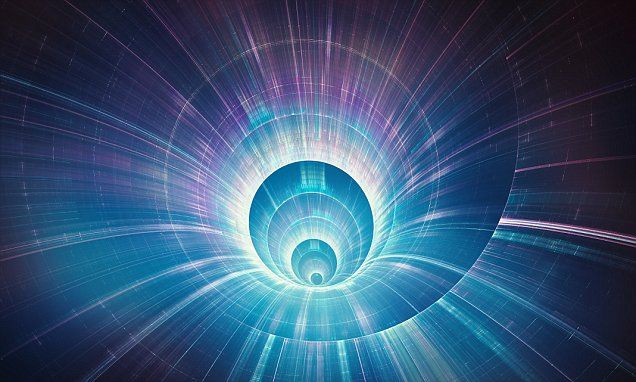
As the common tropes of science fiction continue to break out into reality, from humanoid robots to self-driving cars, there’s one concept that has seemingly remained beyond our grasp: time travel.
But, jumping through time might not be impossible, after all, according to one astrophysicist.
Continue reading “Traveling back in time could be possible, physicist says” »
Nov 15, 2017
Hypothetical White Holes Could Link us to Different Universes
Posted by Yugal Agrawal in categories: cosmology, physics
Black holes – everyone knows that they exist, but nobody really knows what they are exactly.
A lot of laws of physics seem to be ignored or omitted when it comes to black holes, so there always seems to be a missing link when it comes to understanding how they work.
BLACK HOLE Vs WHITE HOLE

